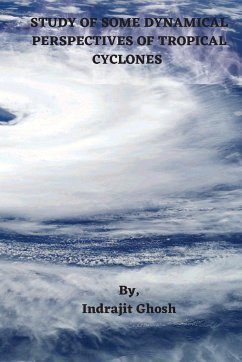Tropical Cyclones are intense anticlockwise rotating low pressure weather systems that form over the Tropical Oceans. Intense, means near surface sustained wind speed exceeds 17ms-1 (60 Km h-1,32Kn). Severe tropical cyclones with near surface sustained wind speeds equal to or exceeding 33ms-1(120 km h-1,64 Kn) are called Hurricane over the Atlantic Ocean , East Pacific ocean and the Caribbean sea, Typhoon over the Western North Pacific Ocean. The life cycle of a Tropical Cyclone can be broadly classified into 4 stages:- 1) Genesis stage, 2) turbulence growing stage, 3) matured stage & 4) decay stage. The critical factors significant in storm formation:- i) Warm ocean water of at least 260 C. ii) At least 50 latitude from the equator. iii) Low vertical wind shear. iv) Moisture in the mid-latitude. v) Unstable conditions. vi) Preexisting disturbances. In the second stage of tropical cyclone life cycle, viz. in turbulence growing stage a small depression over oceans develops into a magnified storm by the catalytic influence of the above mentioned critical factors. In my research work I have made a humble attempt to explore the following issues regarding the tropical cyclone genesis, its subsequent development from depression, its stability analysis and track prediction:








